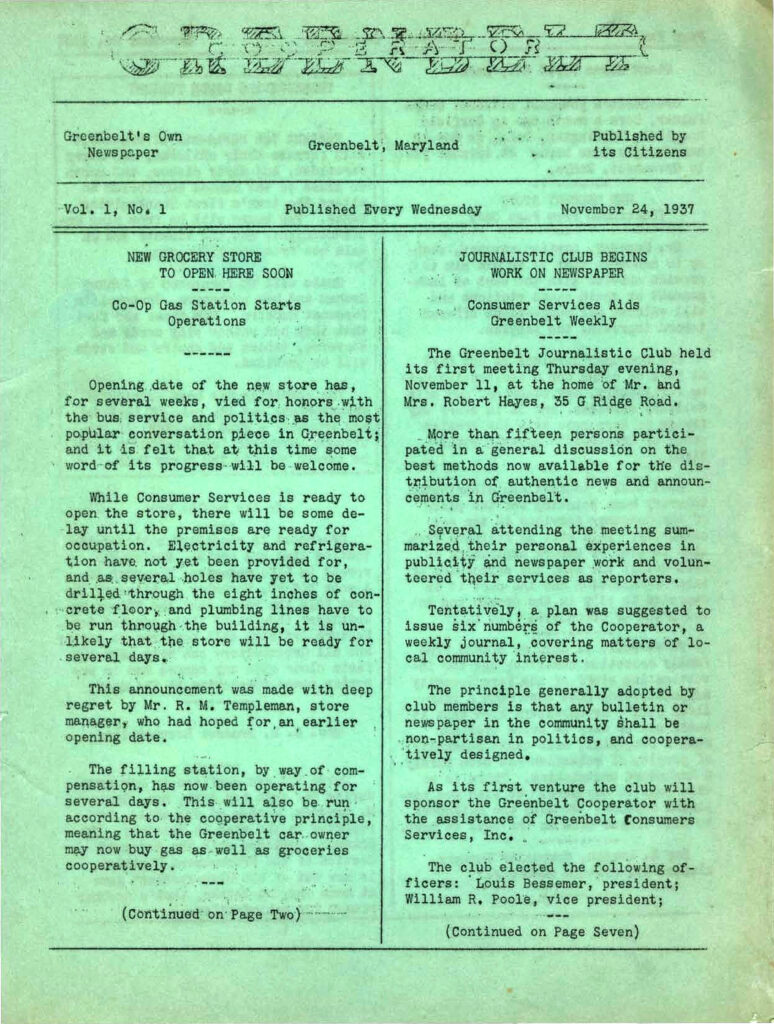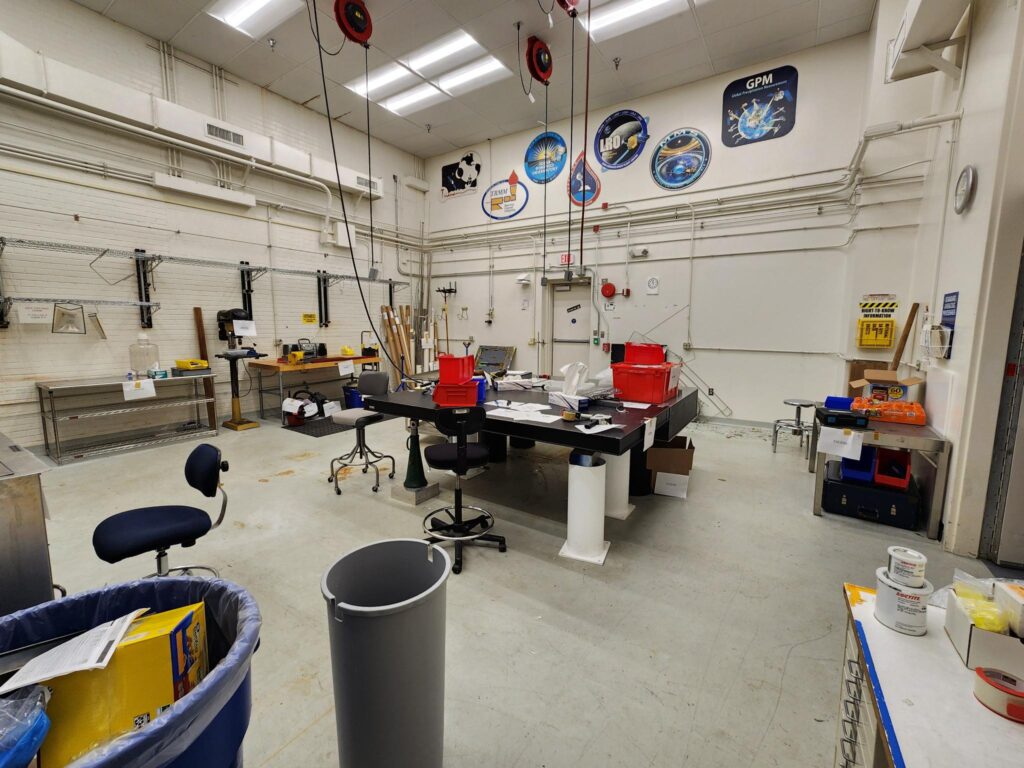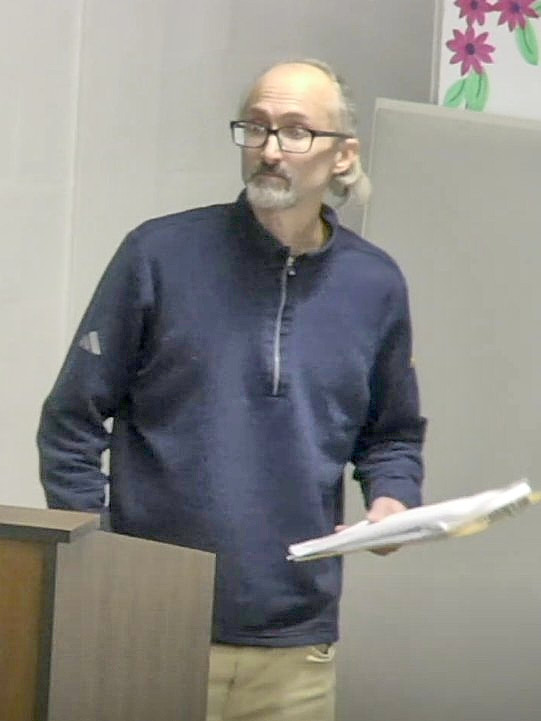Local elected officials – the District 22 State Delegation, Prince George’s County Council and the Greenbelt City Council – have made known their opposition to the construction of the high-speed maglev train. Thus, it was disconcerting for them that they were not informed of Baltimore Washington Rapid Rail’s (BWRR) meeting via Zoom on July 20 about National Historic Preservation Act (NHPA) compliance. Councilmember Judith Davis believes these public officials, who are a Party of Record, should have been involved. College Park City Planner Miriam D. H. Bader and Eldon Ralph, GHI general manager, were invited as maglev NHPA consulting parties. Terri Hruby, director of planning for the City of Greenbelt, was not aware of the meeting but will attempt now to have the NHPA presentation at a city council worksession.
Fortunately, some Greenbelters, who were not invited, learned of the meeting by chance minutes before it started and were able to share the meeting materials afterwards. As it is, 16 of the 23 NHPA slides are the same as those BWRR used for the June 23 Maglev Interagency Review Meeting, about the preliminary engineering plans presented to the Environmental Impact Statement (EIS) team (see p. 1 article in July 9, 2020 issue of the News Review). Both the NHPA and the EIS impact Greenbelt, yet Greenbelt was not considered a consulting party.
Design Changes
The information unveiled on June 23 changes where the aboveground viaduct, which can be 140 feet tall, emerges from the tunnel to the Hamilton Woods, in the Greenbelt Forest Preserve to the east of the Greenbelt Homes Inc. office on Hamilton Place (Alignment J1), or somewhat north of Goddard Space Flight Center (Alignment J). The EIS now shows an “open cut” rather than a “cut and cover” for the tunnel opening. Where the tunneling stops and an open trench is excavated, an open cut would leave the trench 1000 feet or longer open to the sky, instead of constructing tunnel walls at the base of the trench and backfilling soil over the tunnel walls. Two possible sites for a train yard (train maintenance facility (TMF), each roughly 1 mile long by ¼-mile wide, have been identified on the Beltsville Agricultural Research Center (BARC).
Environmental Concerns
Mayor Colin Byrd considers “alignments J and J1 a false choice. Both alignments are bad for the city. The ‘no build’ is the real best choice. Council opposes the project as a whole and the damage it will also bring to Greenbelt Park, BARC, the Patuxent Research Refuge (PRR), Prince George’s County and beyond.”
Davis recalled that the so-called Green Corridor, the area that covers Greenbelt Park, the Greenbelt Forest Preserve, BARC and PRR, is the largest span of contiguous forest land on the East Coast between Richmond and Boston. It is precisely this land, she says, that will be harmed by this needless construction. Former senator Paul Sarbanes called this area the “lungs of Maryland.”
The Citizens Against the Maglev Facebook page reports how scientists at BARC and PRR have studied animals, plants and fungi for over 100 years, discovered new species and documented others. A scientist who prefers to remain anonymous writes: “It represents one of the most important discovery locations in the world, very likely the most important on the continent.” (facebook.com/groups/CitizensAgainstSCMaglev, July 20).
Beth Montgomery, representing Goddard Space Flight Center at the June 23 EIS meeting, voiced opposition to locating the maglev along Alignment J because of detrimental effects on NASA activities. Her follow-up email, included in the documents BWRR made available for the meeting, cited damage to the Goddard Geophysical and Astronomical Observatory by vibration, artificial light and electromagnetic interference. Vibrations would make data impossible to use, light pollution would harm telescopes, radio frequencies from Wi-Fi would interfere with signals from astronomical radio sources and the electric and magnetic fields would harm equipment.
Some of the trees in the Forest Preserve are over 100 years old and the canopy trees are 100 to 120 feet tall. The Forest Preserve Advisory Board compiled a list of the many laws, covenants and easements at the municipal, county, state and federal levels, which limit or prohibit construction within the Forest Preserve. Some of these protections also prohibit any construction outside of the Forest Preserve that is close enough to impact the Forest Preserve’s ecosystem. The proposed maglev routes align with what the Maryland Department of Natural Resources calls Maryland’s Targeted Ecological Areas or TEAs.
Permit Requirements
Since BWRR needs the authorization and permit to build from the federal government, it must undergo the two separate NHPA and EIS review processes. In 2016 the Federal Railroad Administration awarded the Maryland Department of Transportation $27.8 million to conduct the EIS. BWRR plans to apply for a federal loan, estimated to be $10 to 15 billion, to construct the Washington-Baltimore segment. At a Maryland House of Delegates Transportation Committee meeting (February 1, 2018), Maglev CEO Wayne Rogers said it would not pay back the construction loans in case of bankruptcy, leaving the state and federal government responsible for the unfinished infrastructure.
Greenbelt public officials have been left out of the loop on crucial information about the new maglev proposals, even though the revised J1 alternative would increase impacts on the Greenbelt National Historic District and destroy woodlands and wetlands in the Greenbelt Forest Preserve.




